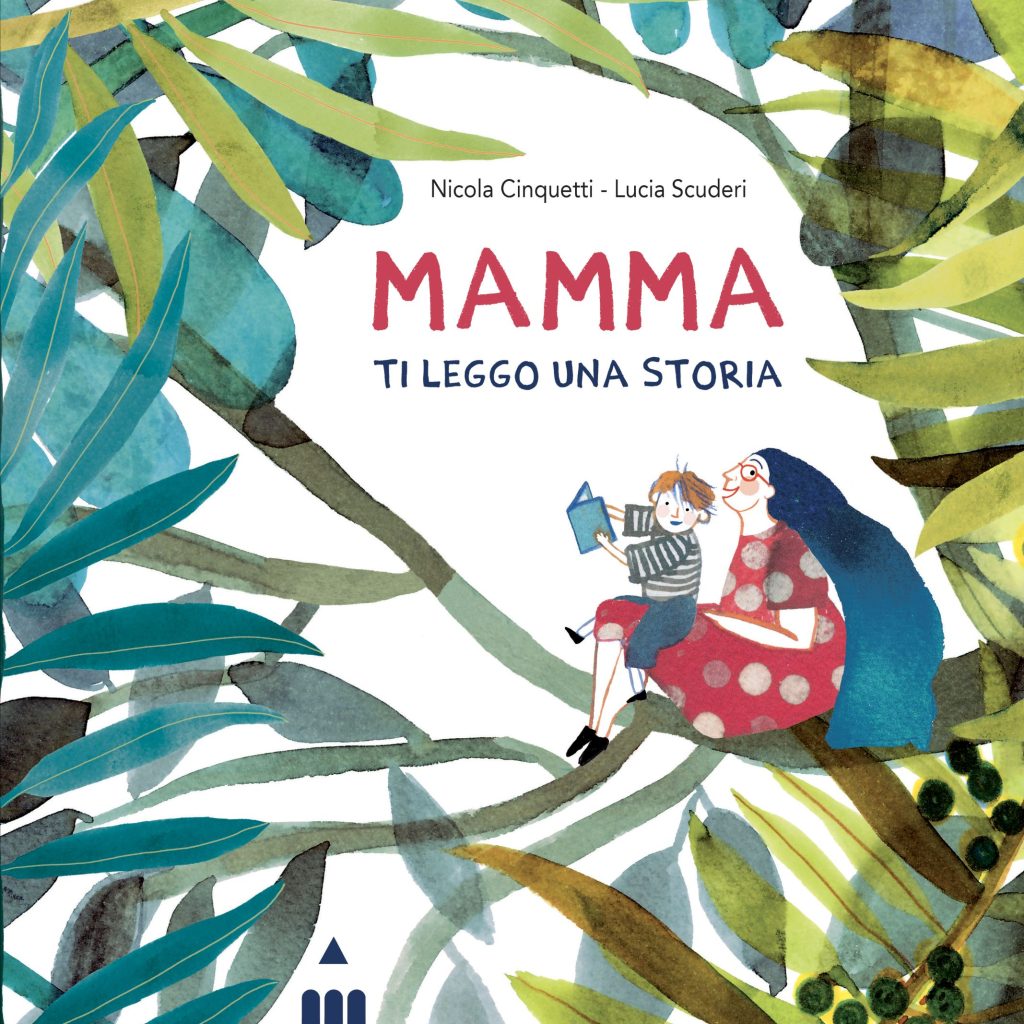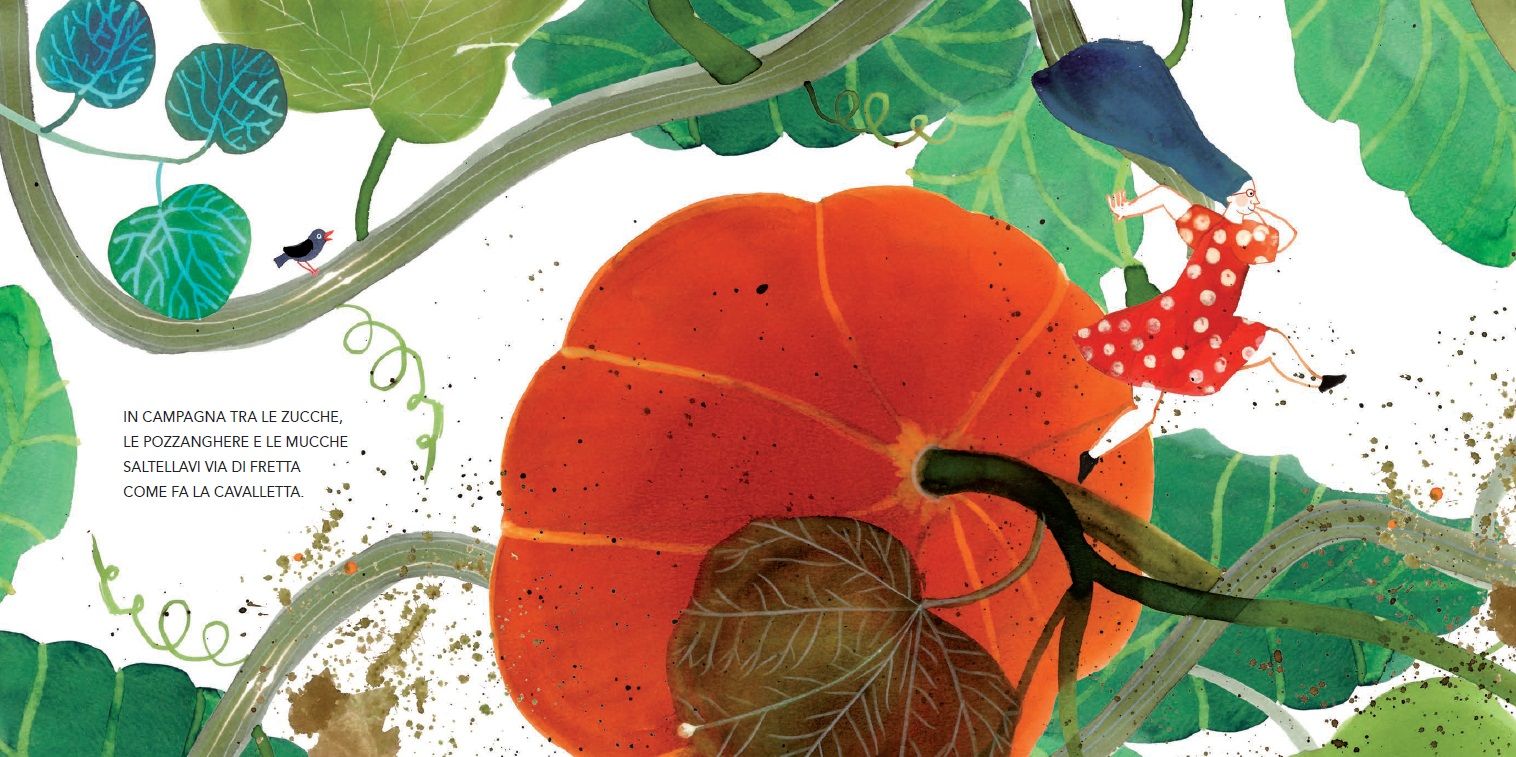——Book Review of “Mom, Let Me Tell You a Story”

In the world of picture books, every now and then, a beautiful and deeply moving book appears, providing both engaging reading material for children and a powerful way to connect parents and children. “Mom, Let Me Tell You a Story” is one such book.
“Mom, sit down, pause for a moment. / I’ll tell you a story. / Mom, sit down, pause for a moment. / I’ll tell you the story, and you’ll listen.”—Imagine such a poetic line, read by parents to their children, or told by children to their parents. In this natural shift of roles, heartwarming parent-child reading time is cleverly given new meaning. The book we hold in our hands and read together is no longer just a simple story; it is a poetic exploration of growth, learning, and the parent-child relationship.
For parents who frequently read picture books to their children, do you often wonder, “When will my child be able to read to me?” I think this expectation is perfectly reasonable, but in the realities of parenting, it often seems elusive. When my daughter was about three years old, on days when she didn’t have to rush to preschool, she would often wake up earlier than usual. Still half asleep, I didn’t notice what she was doing until one morning, when I suddenly heard her reading aloud from a picture book in a clear, resonant voice! You can imagine my delight at that moment—holy crap! This child can actually read on her own! However, when I cautiously entered her room and, pretending nothing had happened, tried to test her knowledge of the words in the book, I discovered that she knew virtually nothing. She was relying solely on memorizing the text-to-picture correspondences to accurately recite the content we had been describing to her. Furthermore, while it’s one thing for her to read to herself for fun and to pass the time, it’s difficult to get her to read to you in person. Her reading aloud at that time was probably just a self-made alarm clock pattern — “Ding-ding-ding, adults, it’s time to get up and play with me!”
It wasn’t until my daughter was already in elementary school that I truly enjoyed having her read to me. It was during a time when I was ill and had a fever, and during the time I usually read to her, I begged her to read a few books to me. Before that, we had also tried reading to her dog, Henry. After a two-week experiment in which she personally read numerous picture books to Henry, she finally accepted the reality that Henry was just an uneducated dog. In summary, I believe that asking children to read to you is not easy.
Back to the book “Mom, Let Me Tell You a Story,” although it’s written in a child’s voice, you don’t have to expect them to read it to you right away. It’s more like a demonstration and an invitation, a long-term, playful invitation, richly symbolic and full of fairy-tale fun. With enough patience, your child will one day gladly accept the invitation. The preparation and waiting in the process of growing up always seem too long, but when that unexpected day arrives, you might discover how suddenly happiness arrives, and how proud you’ll be!
This book, written by Nicola Cinquetti and illustrated by Lucia Scuderi, depicts a heartwarming scene through a series of lively illustrations and rhythmic text, depicting a child who, after learning to read, decides to tell stories to his mother. This simple yet powerful role-playing not only marks the child’s leap in self-awareness but also reveals the multiple roles a mother plays in her child’s eyes. The text opens and closes with the repetitive phrase, “Mom, sit down. Stop for a moment. I’ll tell you a story,” creating a warm invitation and call. This clever use of structure enhances parent-child interaction and makes reading a shared ritual. The vibrant and colorful images, with delicate lines and striking color contrasts, draw readers into a world brimming with imagination.
Through the eyes of a child, the book depicts various images of a mother: navigating the city, running through the fields, swimming in the ocean… These images not only showcase a mother’s energy and adventurous spirit, but also reflect the child’s deep affection and profound respect for her. In the eyes of a child, a mother is a protector, a guide, and a partner in shared adventure. Each “adventure” in the story symbolizes the deepening bond between mother and child. From a child’s learning to read to their own active storytelling, every step bears witness to their shared growth. The moment a child learns to read independently and shows their mother this achievement is undoubtedly the most cherished moment in the parenting process.
In my opinion, this work is rich with metaphors, and adult readers can easily relate each of the mother’s adventures to real-life experiences. For example, “struggling to cross the city streets”—isn’t that the dual challenge of work and family life that modern parents often face in the bustling city? Scenes like “traversing the pumpkin patch, leaping over muddy puddles, stepping over herds of cattle”—such scenes can be seen as the natural and unforeseen challenges encountered in a child’s growth, the unexpected difficulties and problems that require immediate solutions in parenting. For example, “climbing mountains and ridges, then swooping down”—actions that are both challenging and liberating—perhaps reflect the various hardships and ultimate joys of parenting. For example, “without even taking off her dress, she plunged into the sea, swimming in the boundless deep blue”—maybe symbolizes the mother’s self-release and recovery in parenting. The ocean’s tranquility and vastness reflect the calmness and tolerance necessary after facing challenges.
Of course, readers might also interpret the book’s series of adventure scenes as symbolic depictions of a mother’s return after a long day of work. After a hectic workday in the city, navigating daily challenges, and overcoming numerous obstacles, she finally returns home, a moment of tranquility and relaxation. The child reading a story to her mother is a reward for her hard work and a precious moment of family connection. This situation not only provides the mother with needed rest and emotional fulfillment, but also strengthens the child’s sense of responsibility and family belonging.
I’m not familiar with the two Italian writers and illustrators of this book. However, it’s worth noting that the writer, Nicola Cinquetti, is actually a man, a high school history and philosophy teacher, a children’s book author, and a poet. This book feels like a poem he wrote in praise of mothers and parent-child reading, and the little boy in the book perhaps reflects some of his own personal feelings. Lucia Scuderi, the illustrator, is a passionate artist with a deep love of nature. The deep blue sea, rolling mountains, lush forests, and exotic flora and fauna all exude a magical power in her paintings, inviting you to journey into a fairytale wonderland. This duo has truly achieved a truly perfect collaboration.
A blackbird with a red beak and red feet appears throughout the book, accompanying the mother in every adventure scene, from the front endpapers to the back endpapers. Yet, it remains unmentioned in the text, likely due to the illustrator’s clever design. In Western cultural symbolism, birds often represent freedom, messengers of the soul, or messengers across life and death. In this book, the blackbird may symbolize a protective or guiding force, perhaps representing a child’s observation, companionship, and support of its mother. Furthermore, the blackbird’s presence offers a rare spectator’s perspective, reminding readers to observe the mother’s life journey from a broader perspective.
The symbolic elements in the book enrich the story and offer multiple interpretations, allowing adults and children alike to discover more meaning and enjoyment in reading. This book is a joyful invitation, reminding us that parenting is both a challenge and a rewarding adventure, with every step filled with opportunities to learn and grow.
Written in Beijing on May 10, 2024
